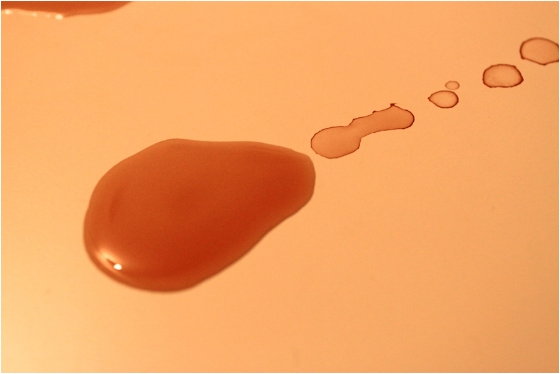The field of bio-sensing has recently found an unexpected partner in the search for increased sensitivity: coffee rings. The next time you spill coffee on a table, observe the stain left after the liquid has evaporated and notice that it has a darker ring around the perimeter that contains a higher concentration of particles compared to the core.

"Understanding the movement of nano- and micro-particles within evaporating liquid droplets has great potential for several technological applications, including self-assembled nano-construction, lithography patterns, particle coating and extraction and separation of bio-compounds," said researcher Chih-Ming Ho, professor at BIA. S. of Engineering and Applied Sciences at UCLA University. "However, before we can prepare biosensing devices for these applications, we must understand what the final limits of this phenomenon are. Therefore, our research leans towards physical chemistry in order to find the lower limits of coffee ring formation."
The research group has now succeeded in finding the final minimal microscopic threshold of coffee-ring formation, a threshold that can be used to determine the indicators for the development of bio-sensing devices that can be used to detect many diseases, as well as for other uses. The research findings were published in the scientific journal Journal of Physical Chemistry B.
"If we consider human blood, or saliva, we will realize that these fluids contain a large number of micro- and nano-particles or substances that store a great deal of medical and biological information in them," said one of the researchers. "If you put this blood fluid or saliva on a surface, and then dry it, these particles will accumulate in a very small area in the peripheral ring. As a result, we will be able to quantify these biomarkers using diverse sensing methods, even if the particles are extremely tiny and present in a very low concentration in the drop."
When water evaporates from a drop, the particles dissolved in the water move towards the tips of the drop. Once all the liquid evaporates, the particles are concentrated in the ring that forms around the remaining stain. However, if the drop is small enough, the water will evaporate faster than the rate of movement of the particles. Instead of accumulation in the ring, a uniform concentration of the particles is obtained in the stain, since they did not have enough time to move to the edges while in the liquid.
"It is the competition between the rate of evaporation of the drop and the rate of movement of the particles that determines the formation of the coffee ring," explains the lead researcher.
In order to determine what is the smallest possible size of a droplet, which will still lead to the formation of a coffee ring after evaporation, the research team prepared a special surface that faces a checkerboard-like pattern, which alternately contained a hydrophilic ("water-attracting") material and a hydrophobic ("water-repellent") material.
In the next step, the researchers placed rubber resin particles (latex), which range in size from 100-20 nanometers, in water. The size of the particles was similar to the size of proteins used as disease markers detectable by biosensors.
In the next step, the researchers washed the new surface with the water containing the particles. The remaining water stood as droplets in the hydrophilic complexes, similar to checkers on a game board. The researchers repeated this experiment again and again with smaller and smaller mesh patterns until the coffee ring phenomenon could no longer be seen. For the particles with a size of one hundred nanometers, this threshold is set for drops with a diameter of about ten micrometers. At this point, the water has evaporated before the particles have had time to move to the periphery.
"Knowing the minimal size of this phenomenon will lead us to develop the smallest possible biosensors," said the researcher. "This means that we can stack thousands, even millions, of tiny micro-biosensors on top of a device known as a "lab on a chip", allowing us to perform a large number of medical tests on a single chip. This will make it possible to diagnose many diseases in one test."
"There is another important advantage in our method - this whole process is extremely natural, it is simply evaporation," the researcher points out. "We don't need to use additional equipment or devices, such as an electrical energy source or other sophisticated equipment to drive the particles. Evaporation provides a very simple way to concentrate particles and lies in its ability to be used in medical diagnosis. For example, another group of scientists received a research grant for their proposal to use the coffee ring phenomenon for the detection of malaria in developing countries."
The researchers are now optimizing the factors for the formation of the ring and in the next step the application of this approach will be examined for the development of innovative and more efficient biosensing methods than those that exist today.

3 תגובות
I came because of the title, I stayed because of the content
The scientist, the scientist kisses the 'taboo'? :)
Now I understand why fortune tellers read in coffee,